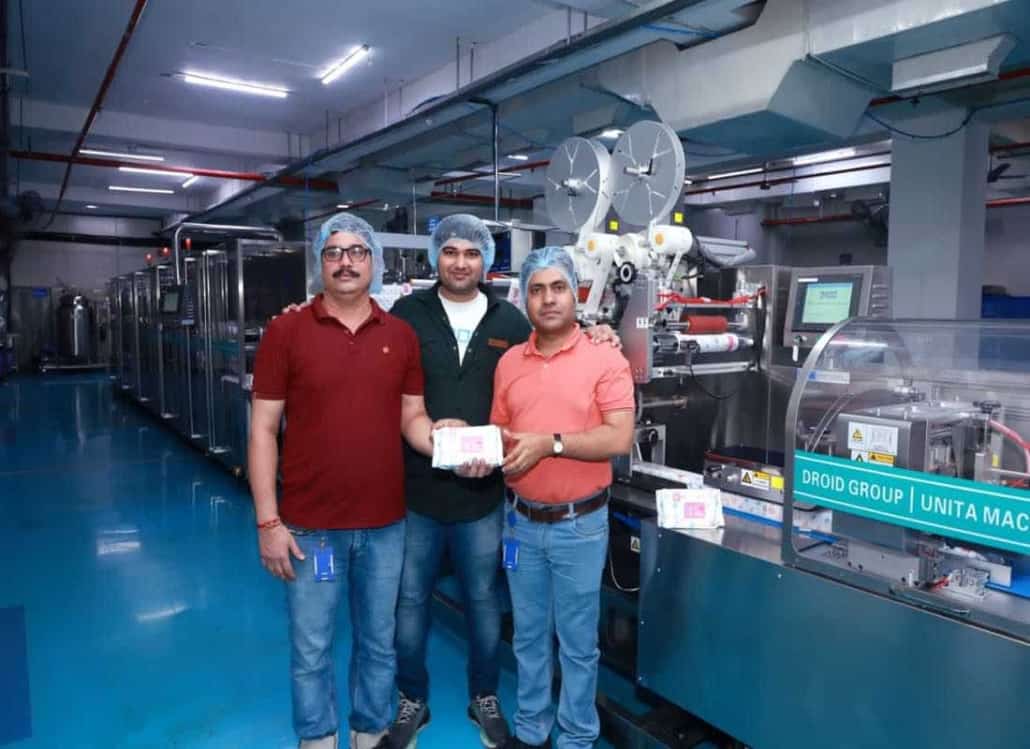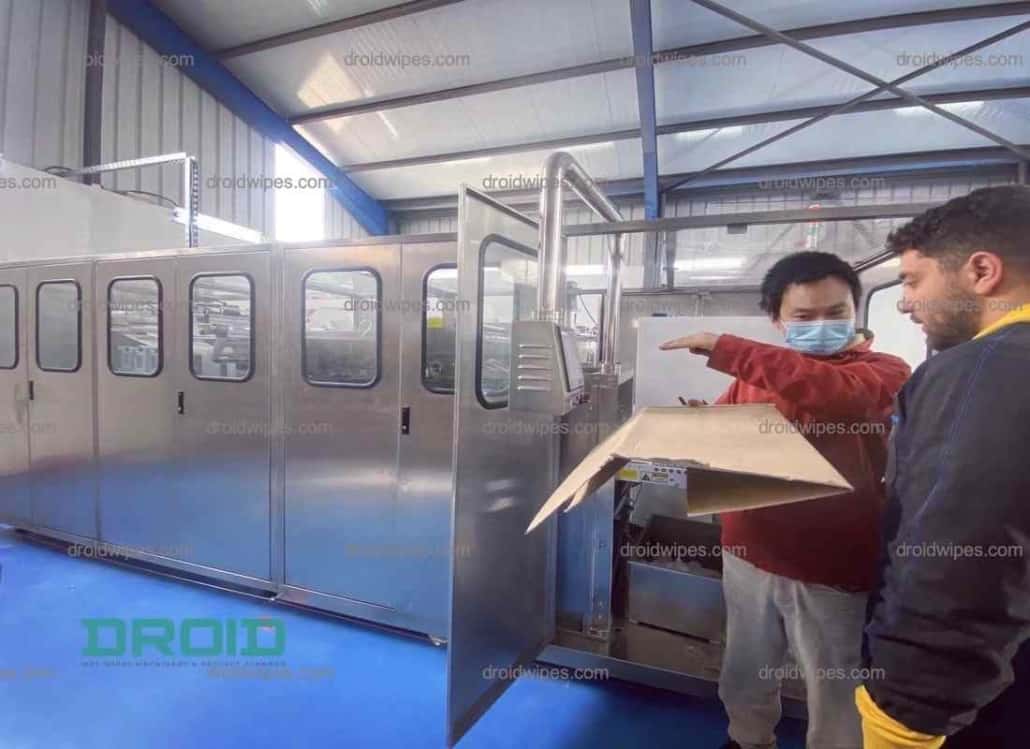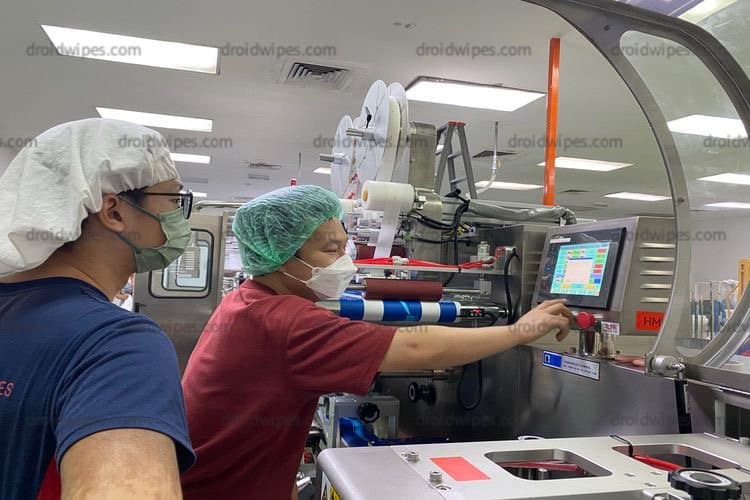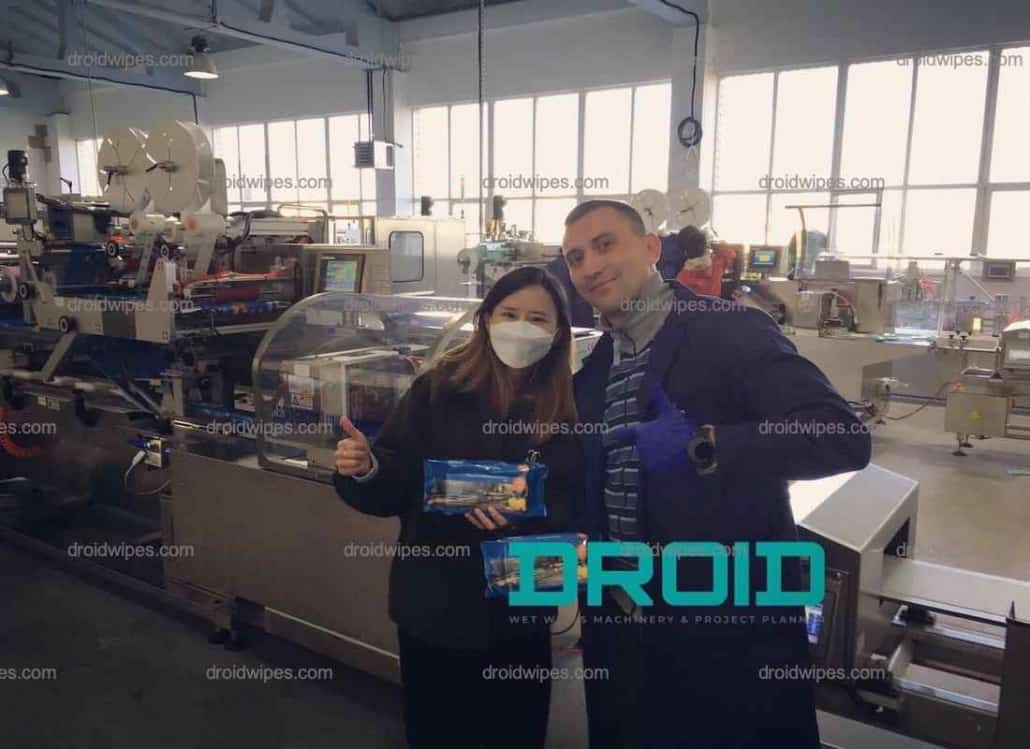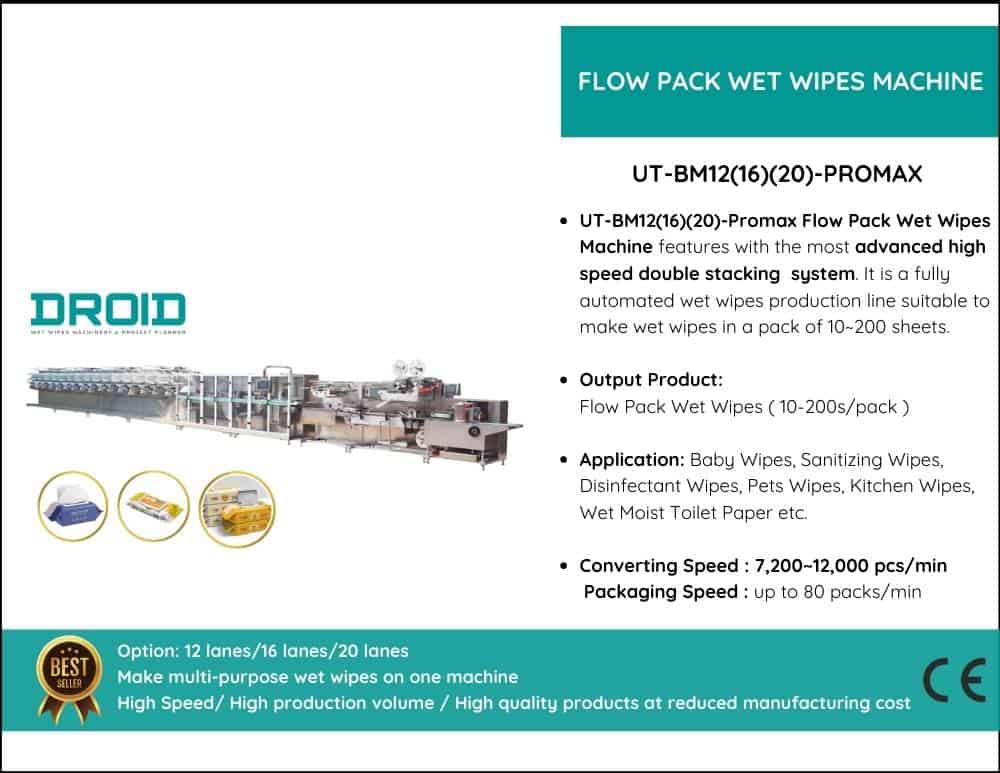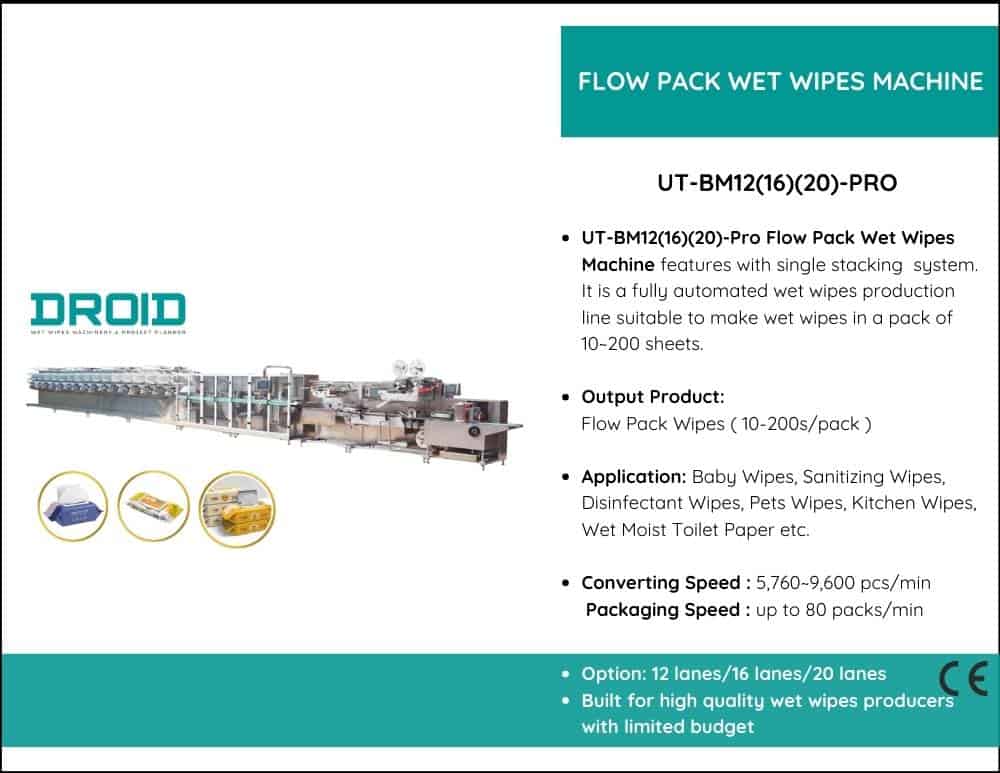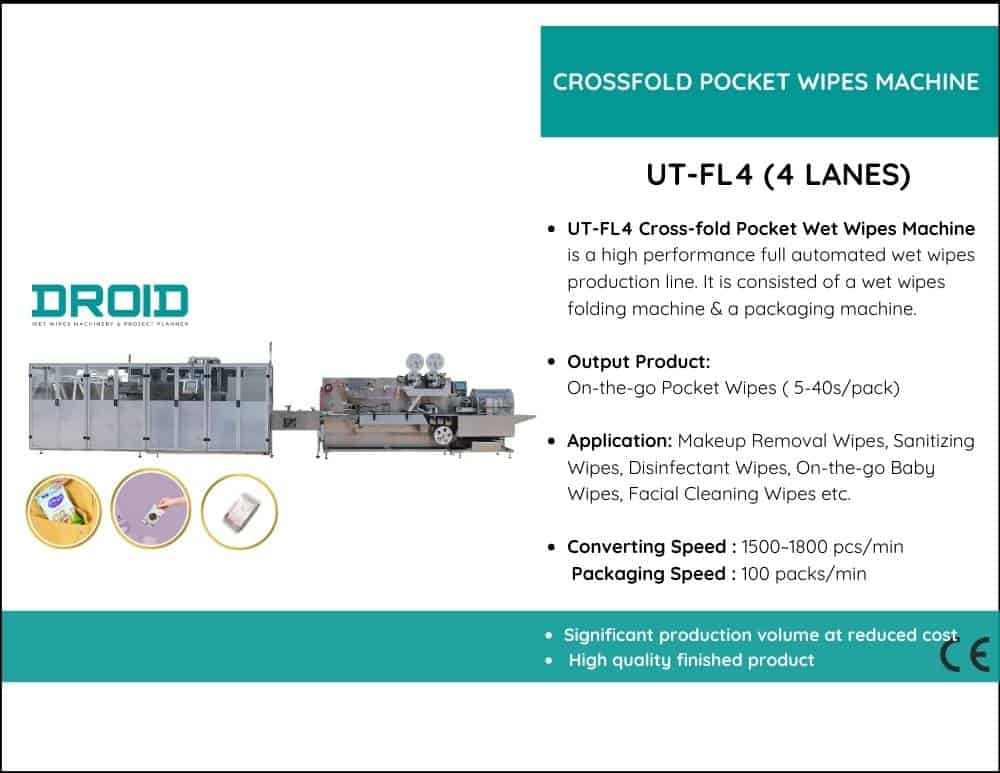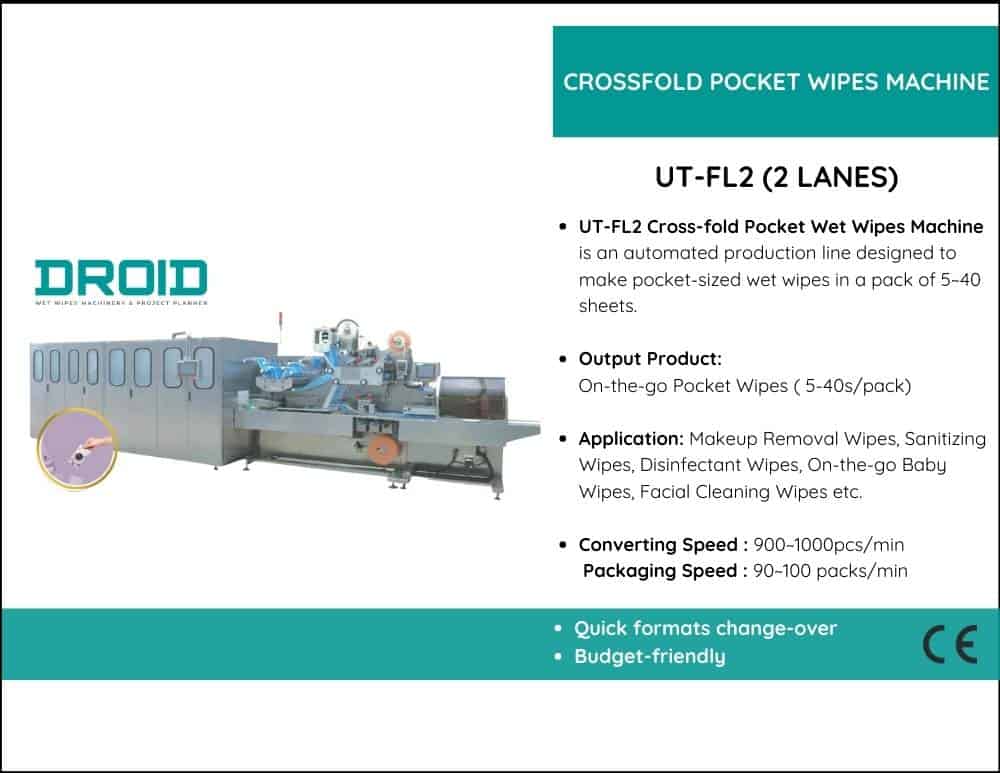Wet wipes factories nowadays are sophisticated ecosystems where people, data, and machines collaborate in real time rather than being only mechanical activities. This change may be facilitated by upgrading your control system, which will allow for smooth interaction with Industry 4.0 and smart factory platforms.
The converting, packing, and palletizing processes may be connected to ERP, MES, and cloud analytics platforms using the network communication capabilities of today’s PLCs and SCADA systems. A real-time, 360-degree picture of production is made possible by this connectivity: dashboards that are viewable from any device, monitor and display output rates, downtime reasons, energy usage, and even operator efficiency.
This degree of visibility enables managers to make data-driven choices more quickly. For example, you may compare product formats based on film waste ratio, determine which shift operates most effectively, or identify the precise stage that is producing micro-stoppages – all without the need for human reporting or guesswork.
Remote access and predictive maintenance are also supported by upgraded systems. To save response time and trip expenses, engineers may safely connect in from any location to modify settings, upgrade firmware, or fix alerts. Meanwhile, wear patterns or component fatigue may be predicted by AI-based analytics tools, allowing maintenance to be scheduled before a breakdown happens.
For manufacturers with several lines or sites, this integration guarantees uniform quality and performance across all facilities. Across the network, recipes, manufacturing parameters, and quality standards may be instantaneously exchanged, maintaining uniformity and compliance in operations.
In summary, incorporating Industry 4.0 into your wet wipes manufacturing is about releasing intelligence rather than increasing complication. A linked control system helps manufacturers increase productivity, reduce waste, and maintain their competitive edge in an age of digitally first manufacturing by converting raw data into actionable knowledge.


